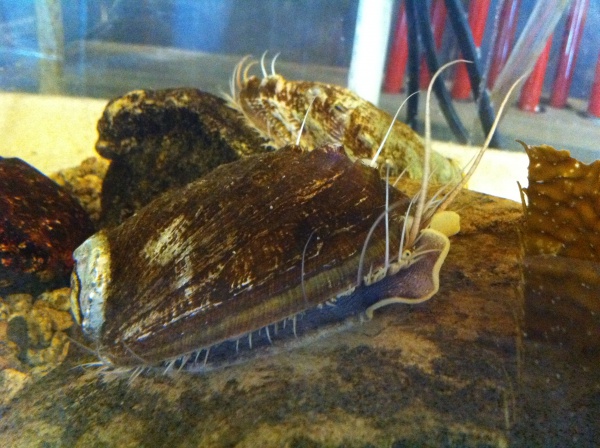Facts About Abalone
Abalone, often referred to as sea snails, are captivating marine creatures known for their exquisite iridescent shells. These mollusks belong to the family Haliotidae and fall under the single genus, Haliotis, encompassing various species distributed across the globe. Abalones are highly prized both for their delectable meat and their stunning shells, frequently utilized in jewelry and other decorative items.
These sea snails inhabit cold waters worldwide, with significant populations thriving in regions such as New Zealand, South Africa, Australia, the western coast of North America, and Japan. Their shells are remarkably resilient, composed of microscopic layers of calcium carbonate tiles bound together by a protein substance, which lends them both durability and beauty.
However, abalones face substantial threats. Diseases like ganglioneuritis and overfishing have contributed to a decline in wild populations. To satisfy the high demand for their meat, considered a luxury in many cultures, abalone farming has become increasingly prevalent. In some countries, such as Australia, the United States, New Zealand, and South Africa, recreational harvesting of abalone is permitted but is stringently regulated to help protect these valuable creatures.
Beyond their culinary appeal, abalone shells are highly valued for their iridescent nacre, making them a popular choice for jewelry, inlays, and other ornamental purposes. Regrettably, the future of abalones is uncertain due to overfishing, ocean acidification, and habitat loss. Some abalone species are already listed as endangered, prompting conservation efforts and initiatives to reintroduce them through sustainable farming practices.

 Mexico
Mexico